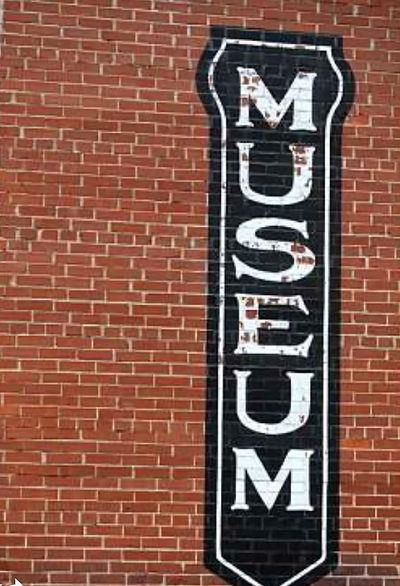521 Main Ave S Fayetteville, TN 37334

The Fayetteville-Lincoln County Museum Association was created in 1986 as part of the Tennessee Homecoming Project which included activities all across Lincoln County. To begin, Association members set up a booth at the Lincoln County Fair and raised $1,000 from T-shirt sales, inspiring a class of historic preservationists at Middle Tennessee State University to adopt the museum as a group project. Under the direction of Dr. James K. Hutha and Canetta Hankins, the class surveyed the community in search of a suitable building to house a community museum. In the end, the preservationists decided upon the Borden Milk Plant because of its convenient location, structural soundness, vast available space, and its own link to Lincoln County's history. Local resident William R. Carter and his construction company, CFW Construction, purchased the Borden Plant in 1969 but discontinued the building's use by 1980. In 1987, Mr. Carter and his family generously donated the building to the Museum Association allowing work to begin on Lincoln County's first and only community museum. With the help of numerous volunteers, extensive renovation and rehabilitation was completed and the museum opened to the community. This continuous spirit of volunteer community support has made the museum a unique project that not only improves the quality of life of all our citizens but also provides a catalyst for the entire community to participate in a common goal- the bridging of the Past and Present to the Future.
The Fayetteville-Lincoln County Museum is operated entirely by volunteers, and its operating budget is made possible solely through donations and gifts.
The Museum and Civic Center is housed in the old Borden Milk Plant located at 521 South Main Street in downtown Fayetteville, Tennessee. Built in 1927, the Borden Plant served Lincoln County until the company closed down its operations in Middle Tennessee on December 15, 1967. At its height of operations, the plant employed 75 local people and purchased milk from more than 1,200 farmers in Lincoln and adjoining counties. Borden's was established by a parent company in Cincinnati, Ohio after the Civil War, and was one of the first major industries to venture south at the onset of Reconstruction. During its first months of operation, farmers were paid $25,000 for their locally produced milk. The Borden plant was designed to convert this local, raw milk into packaged butter. Then, the leftover skimmed milk was converted into dried milk or powdered milk. Left-over whey, the process by-product, was utilized by local farmers as a feed supplement for hogs. In later years, the plant developed a process for converting the skimmed milk into cottage cheese. Interestingly, the Fayetteville Borden plant produced products for the U.S. war effort. In what is now Carter Hall, the elevated high-bay area enclosed in glass, contained drying equipment that allowed workers to dry milk and eggs, allowing Borden to transport these products to both the European and Pacific theaters. In 1948, a wing was built onto the south side of the plant for the purpose of manufacturing wooden barrels in-house for shipping the plant's powered milk product.
Bordens is credited with bringing Lincoln County out of the grips of the Great Depression by not only employing local workers but also providing funds to local dairy farmers. Yet, by the late 1960s, milk production across middle Tennessee had drastically declined, creating a shortage of raw milk needed for the company's processing of dried products. The company closed all Middle Tennessee operations in December of 1967.